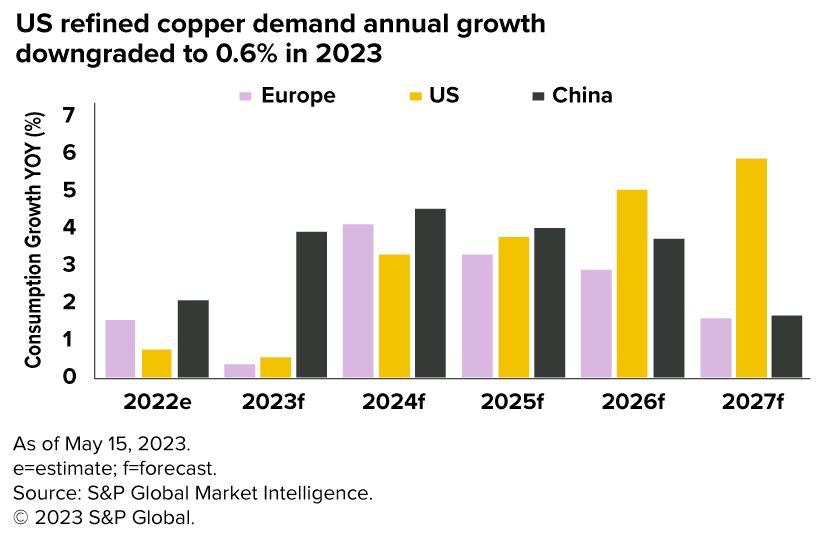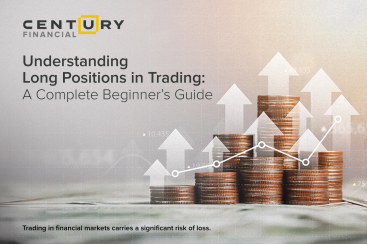Wednesday, June 11, 2025
What Influences Commodity Prices? A Practical Overview
By Century Financial in 'Blog'

.jpg)
Introduction
Commodities affect everything from food and energy prices to the economic health of entire nations. Falling wheat production could affect the supply and price of food, and rising oil prices could affect the cost of transport globally.
What Are Commodities?
Commodities are raw materials or primary agricultural products that can be bought and sold, such as crude oil, gold, wheat, and natural gas. They are broadly categorized into two types:

Hard commodities
Natural resources like metals (gold, silver, copper) and energy products (crude oil, natural gas, coal).

Soft commodities
Agricultural products like wheat, coffee, cotton, and livestock.
These essential goods are traded on global markets, and their prices fluctuate based on several economic and geopolitical factors.
Key Drivers of Commodity Prices
Various elements contribute to the volatility of commodity prices. Understanding these factors is vital for traders and investors looking to capitalize on market movements. Here are the primary factors affecting commodity prices:
1. Supply and Demand
At the most basic level, commodity prices are set by supply and demand balance. Prices normally rise when supply is restricted, or demand rises. A poor harvest, for example, may reduce the supply of grain or soybeans, while a rising appetite for electric vehicles increases the demand for metals such as cobalt and lithium.

2. Geopolitical Events
Supply chains for commodities are frequently disrupted by events like trade disputes, wars, and sanctions. commodity markets are volatile due to production based out of politically sensitive regions. For instance, restrictions imposed on major producers or turmoil in the Middle East frequently affect oil prices.
3. Inflation and Interest Rates
Investors frequently use commodities as a store of value during inflationary times. The demand for commodities like gold and oil rises as a result. However, borrowing becomes more costly when central banks raise interest rates to combat inflation, while interest rate hikes can strengthen currencies and lower commodity prices.

4. Currency Fluctuations
The price of commodities is usually expressed in US dollars. These commodities become more costly in other currencies when the dollar appreciates, which may lower demand.
5. Weather and Natural Disasters
Markets for agricultural commodities are heavily influenced by weather patterns. Events that affect crop yields or energy infrastructure, such as hurricanes, floods, or droughts, can result in short-term supply shortages and price volatility.

6. Government Policies and Regulations
Environmental rules, export prohibitions, trade restrictions, and subsidies can all affect the supply and demand for commodities. These choices frequently result in abrupt price changes because they might alter production incentives or reroute trade flows.

How Commodity Prices Affect the Global Economy
Commodity prices have an effect that extends well beyond the markets. They have the following effects on the global economy:
1. Inflation
When the cost of essential commodities such as fuel or food rises, it can lead to overall inflation. This affects consumer spending, squeezes household budgets, and often prompts central banks to raise interest rates to stabilize the economy.
2. Trade Balances
High commodity prices are advantageous to exporting nations because they increase income and economic power. On the other hand, import-dependent nations would find it difficult to keep up with growing prices, which could result in trade deficits and put pressure on their currencies.
3. Stock Markets
By increasing profit margins and stock prices, rising commodity prices can help industries including mining, agriculture, and energy. Conversely, sectors like manufacturing and transportation that rely significantly on raw materials may experience decreased profitability and increased input costs.
4. Economic Growth
Booms in commodities can stimulate economic expansion in exporting countries, which frequently results in increased government revenue and the creation of jobs. A sharp drop in prices, however, could lead to economic instability, slower development, and budget deficits, especially in nations that depend heavily on a small number of exports.
Ways to Trade Commodities
Here are some well-liked strategies for investing in commodities:

Futures contracts
Agreements to buy or sell a commodity at a specific price and date.

Spot market trading
Immediate buying or selling of commodities based on current market prices.
.png)
Exchange-Traded Funds (ETFs)
Funds that track the performance of commodity prices or related sectors.

Options trading
Only Long positions provide the right, but not the obligation, to buy or sell at a given price.

Commodity stocks
Investing in companies that extract or produce commodities, such as energy or mining firms.
Each approach comes with its own set of risks and opportunities, so it’s important to stay informed and apply sound risk management strategies.
Conclusion
Global politics, economic policy, natural disasters, and supply-demand dynamics are just a few of the many variables that affect commodity prices. Even while nobody can foresee every price change, businesses and investors can make better judgments by being aware of these fundamental factors.
Global events, nature, and economics all intertwine with commodities. Because of their unusual placement, they are both intriguing and challenging to follow. Anyone who trades or depends on raw resources must monitor important trends, such as trade regulations, central bank decisions, or climate patterns, in order to confidently navigate these markets.
The content in this blog, including any research, analysis, opinions, forecasts, or other information (collectively, "Information"), is provided by Century Financial Consultancy LLC (CFC) for marketing, educational, and general informational purposes only. It should not be construed as investment advice, a recommendation, or a solicitation to buy or sell any financial instruments.
This Information may also be published across various channels, including CFC’s website, third-party platforms, newsletters, marketing materials, emails, social media, messaging apps, webinars, and other communications. While CFC strives for accuracy, we do not guarantee the completeness, reliability, or timeliness of any content. Any decisions made based on this Information are at your own risk. CFC accepts no liability for any loss or damage arising from its use.
Trading financial products involves significant risk and may not be suitable for all investors. Please ensure you fully understand the risks and seek independent professional advice if necessary.
Please refer to the full risk disclosure mentioned on our website.









.png)
.png)
.png)
.png)


